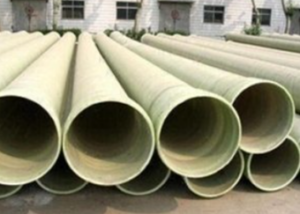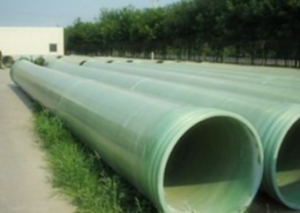GRP is used for ballast water pipes, but GRE is used in seawater pipelines. These two kinds of pipes are used more and more, but what is the difference between the specific applications?
FRP is the general term for glass fiber reinforced composite materials, that is, the general term for glass fiber reinforced plastics, which contains GRE and GRP.
FRP is composed of matrix materials and reinforced materials. Due to the different matrix materials, some are called GRE, and some are called GRP. The matrix material is generally resin, and the reinforcement material is glass fiber. Adding other raw materials into the production process can obtain more excellent performance. For example, adding graphite or carbon fiber can obtain static conductivity and if phenolic resin is used as the matrix material, a high temperature resistance can be obtained, it can withstand a high temperature of 3000 degrees Celsius in an instant.
The ability of FRP pipes to conduct electricity has made it very popular and concerned in the shipbuilding industry in recent years. The ballast systems of special ships such as oil tankers, chemical tankers, offshore platforms, etc. have also begun to use FRP pipes and accessories.
In addition to the static electricity conductivity mentioned above, there are many other advantages:
- Light weight, the general glass fiber reinforced plastic pipe of the same diameter is only 35% of the weight of the carbon steel pipe.
- It is resistant to seawater corrosion, which usually can be used for more than 50 years.
- Can be made into different colors.
The disadvantage is that it can bear a low pressure, generally about 10KG (GRP pipeline), but it is enough in the ballast system.






























